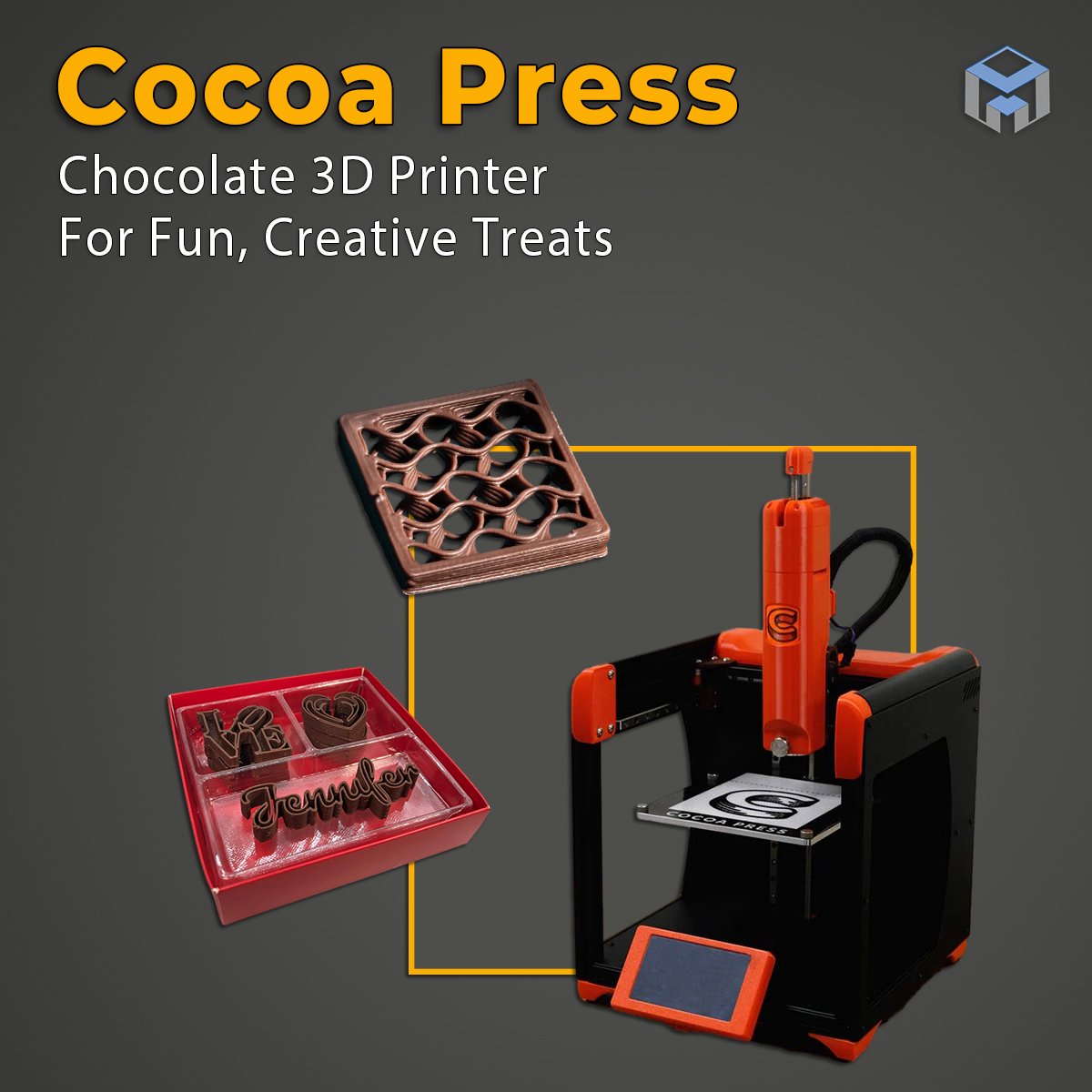STL vs 3MF - A Comparison of 3D Printing File Formats
When preparing a 3D model for printing, the file format you use is important. The two most common formats are STL and 3MF. But what exactly are these formats, and how do they compare for 3D printing applications?
About STL Files
STL, short for stereolithography, has been the standard format for 3D printing for decades. An STL file describes the surface geometry of a 3D model using triangular polygons (triangles). It contains no additional information - just the mesh data.
Pros:
Supported by all 3D printers and slicers
Simple and lightweight
Cons:
No scale, color, or material data
No validation - can contain holes, bad edges, etc.
Only one object per file
About 3MF Files
3MF or 3D Manufacturing Format is an XML-based format developed by Microsoft and the 3MF Consortium as an improved open standard for 3D printing.
A 3MF file can contain:
Multiple objects
Full slicer settings
Materials, colors, and textures
Metadata like units and identifiers
Built-in validation to prevent errors
3MF uses ZIP compression for smaller files. Instancing can reduce size by reusing identical mesh data.
STL vs 3MF Comparison
Here’s how the two formats compare:
| STL | 3MF | |
|---|---|---|
| Capabilities | Contains only geometry | Can store full models, configurations, materials, etc. |
| Validation | No safeguards against flaws | Validates to prevent errors |
| Support | Wider compatibility | Support is growing |
| Ease of Use | Simpler | Allows greater complexity |
| Multiple Items | Limited to one object | Can combine multiple |
| Editability | Geometry edits require re-slicing | Models can be repositioned without re-slicing |
| Sharing | Shares raw geometry | Can share full configured models |
When To Use Each Format
For most desktop FDM/FFF 3D printing applications, STL is still the best choice due to wider compatibility and simplicity.
However, for more advanced 3D printing, 3MF allows greater flexibility:
Full color 3D printing - Store color data for each triangle
Multi-material printing - Define different materials in one file
Model assemblies - Print interconnected parts together
Embedded metadata - Include printing/assembly instructions
While 3MF has clear advantages, it does require more advanced knowledge to leverage its capabilities fully. As software support continues to grow, 3MF will likely become more popular, especially for complex printing applications. But good old STL is still perfectly suitable for sharing raw geometry, and will remain the "least common denominator" format for years to come due to its simplicity and universality.
In summary, 3MF unlocks exciting new potential, but STL retains the advantage of broad compatibility and ease of use. Consider your specific printing needs when choosing the right format. Both have an important place in 3D printing's ecosystem.
Related Articles
Trending Articles
Latest Articles
























